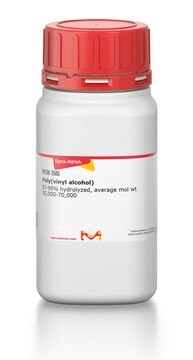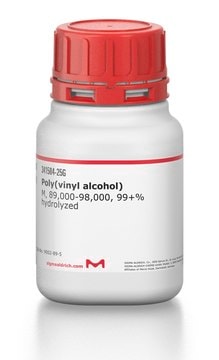07-102
Anti-IGF2BP1/2 Antibody
from rabbit, purified by affinity chromatography
Synonym(s):
Hepatocellular carcinoma autoantigen p62, IGF-II mRNA-binding protein 2, IGF2 mRNA-binding protein 2, VICKZ family member 2, insulin-like growth factor 2 mRNA binding protein 2
About This Item
Recommended Products
biological source
rabbit
Quality Level
antibody form
affinity isolated antibody
antibody product type
primary antibodies
clone
polyclonal
purified by
affinity chromatography
species reactivity
human
species reactivity (predicted by homology)
rat (based on 100% sequence homology)
technique(s)
immunoprecipitation (IP): suitable
western blot: suitable
NCBI accession no.
UniProt accession no.
shipped in
wet ice
Gene Information
human ... IGF2BP1(10642) , IGF2BP2(10644)
General description
Specificity
Immunogen
Application
Apoptosis & Cancer
RNA Metabolism & Binding Proteins
RNA Metabolism & Binding Proteins
Immunoprecipitation Analysis: 4 µg/mL from a representative lot was used by an independent laboratory in IP.
Quality
Western Blot Analysis: 0.1 µg/mL of this antibody detected IGF2BP1/2 on 10 µg of HEK293 cell lysate.
Target description
Physical form
Storage and Stability
Analysis Note
HEK293 cell lysate
Other Notes
Disclaimer
Not finding the right product?
Try our Product Selector Tool.
Storage Class Code
10-13 - German Storage Class 10 to 13
Certificates of Analysis (COA)
Search for Certificates of Analysis (COA) by entering the products Lot/Batch Number. Lot and Batch Numbers can be found on a product’s label following the words ‘Lot’ or ‘Batch’.
Already Own This Product?
Find documentation for the products that you have recently purchased in the Document Library.
Our team of scientists has experience in all areas of research including Life Science, Material Science, Chemical Synthesis, Chromatography, Analytical and many others.
Contact Technical Service






